Evergreen Companion Plants That Will Make Your Garden Pop
Evergreen plants are a great way to add year-round interest to your garden. They come in a variety of shapes, sizes, and colors, so you can find the perfect ones to complement your existing landscape. And when you plant evergreens with companion plants, you can create a garden that is both beautiful and functional.
Companion planting is the practice of planting different types of plants together for their beneficial effects on each other. Some companion plants attract beneficial insects, which help to control pests. Others help to improve the soil or deter deer and rabbits. And still others simply look good together and create a harmonious landscape.
If you're looking to add some evergreen companion plants to your garden, here are a few ideas:
- Plant evergreens with flowers. Flowers add color and interest to the garden, and they can also attract beneficial insects. Some good choices for companion flowers include lavender, marigolds, and nasturtiums.
- Plant evergreens with shrubs. Shrubs can provide structure and height to the garden, and they can also help to fill in empty spaces. Some good choices for companion shrubs include boxwood, holly, and juniper.
- Plant evergreens with groundcovers. Groundcovers can help to suppress weeds and create a lush, green carpet under your evergreens. Some good choices for companion groundcovers include pachysandra, ivy, and creeping thyme.
- Plant evergreens with trees. Trees can provide shade and shelter for your evergreens, and they can also add height and drama to the landscape. Some good choices for companion trees include pines, spruces, and firs.
When choosing companion plants for your evergreens, it's important to consider the following factors:
- Sunlight requirements. Make sure that the companion plants you choose have similar sunlight requirements to your evergreens.
- Water needs. Evergreens and their companion plants should have similar water needs.
- Soil type. Evergreens and their companion plants should prefer the same type of soil.
- Hardiness zone. Make sure that the companion plants you choose are hardy in your climate zone.
With a little planning, you can create a beautiful and functional garden by planting evergreens with companion plants. So get out there and start planning your next planting project!
Evergreens are a great way to add year-round interest to your landscape, but they can also look a bit bare on their own. That's where companion plants come in! Companion plants are those that are planted together for their complementary colors, textures, and growth habits. When choosing companion plants for evergreens, there are a few things to keep in mind:
- Consider the size and shape of the evergreens. If you have tall, upright evergreens, you'll want to choose companion plants that won't get too big or block their light. On the other hand, if you have low-growing evergreens, you can choose taller companion plants to add height and interest.
- Think about the climate you live in. Some evergreens are more cold-hardy than others, so you'll need to choose companion plants that can tolerate the same conditions.
- Consider the amount of sunlight your yard gets. Some evergreens prefer full sun, while others can tolerate partial shade. Make sure to choose companion plants that have similar sunlight requirements.
Once you've considered these factors, you can start to browse companion plants for evergreens. A great resource for finding companion plants is Gardenia Inspiration. This website has a wide variety of information on companion planting, including a list of specific plants that work well together.
FAQ of companion plants for evergreens
Q: What are the best companion plants for evergreens?
A: There are many great companion plants for evergreens, but some of the most popular include:
- Clematis: This flowering vine can help to add color and interest to your evergreen landscape. It is also a good choice for attracting pollinators.
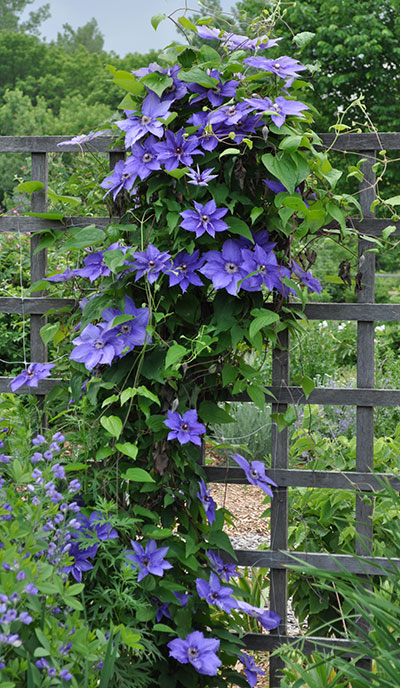
- Hostas: These shade-loving plants can help to fill in the space around your evergreens. They are also relatively low-maintenance.
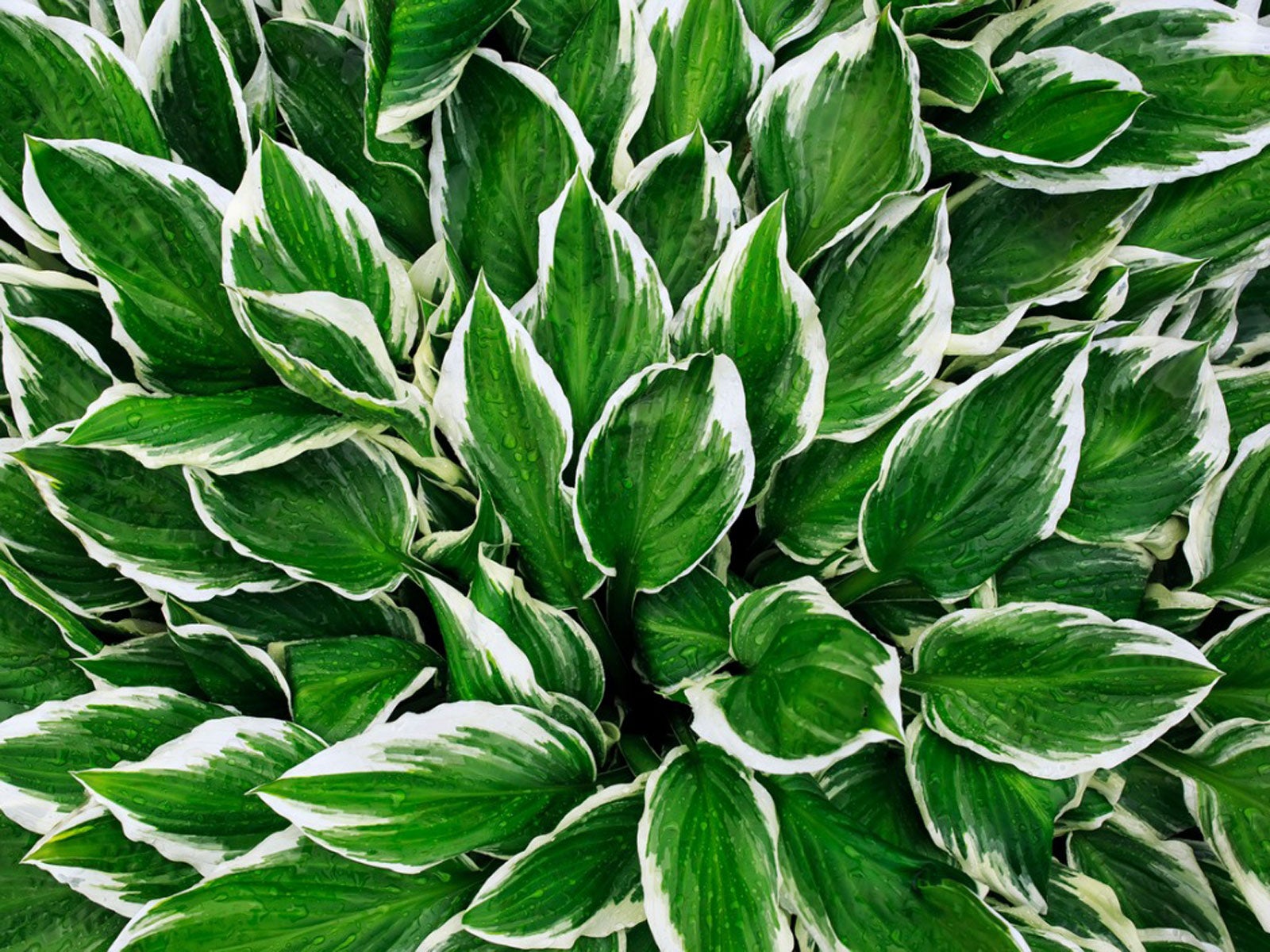
- Daylilies: These colorful flowers bloom for a long period of time, from early summer to late fall. They are also deer-resistant.
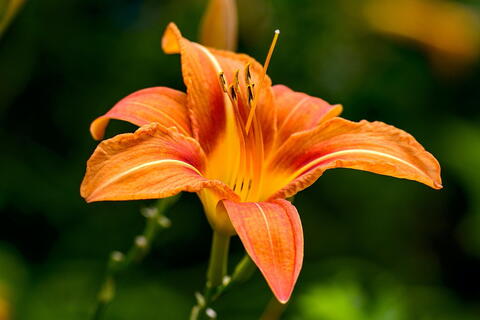
- Shrub roses: These roses are hardy and can tolerate the cold winters in many areas. They also come in a variety of colors and sizes.
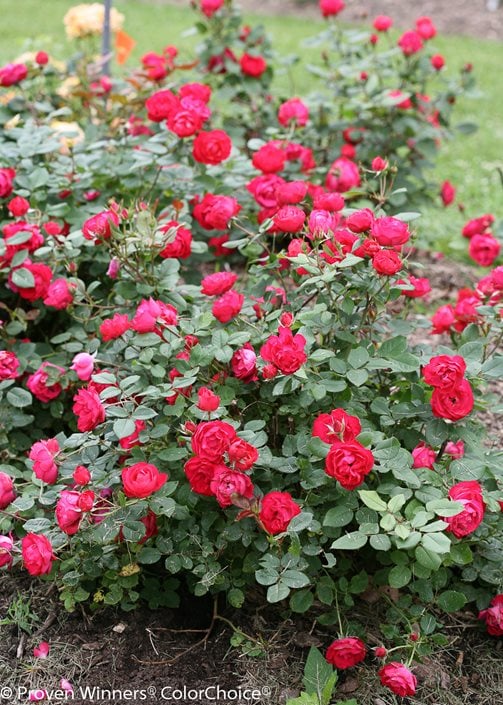
- Junipers: These evergreen shrubs can help to add structure and height to your landscape. They are also drought-tolerant.
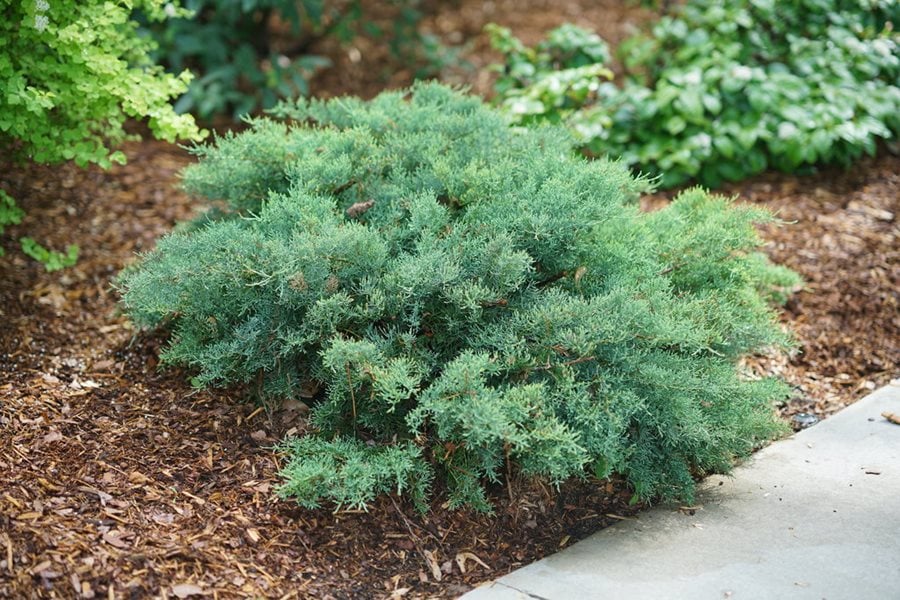
Q: How do companion plants benefit evergreens?
A: Companion plants can benefit evergreens in a number of ways, including:
- Attracting pollinators: Some companion plants, such as clematis and daylilies, attract pollinators such as bees and butterflies. These pollinators help to pollinate the evergreens, which can lead to more flowers and fruit.
- Providing shade: Some companion plants, such as hostas and ferns, can provide shade for evergreens. This can help to protect the evergreens from the hot sun and wind.
- Improving soil quality: Some companion plants, such as clover and legumes, can help to improve the soil quality around evergreens. This can make the soil more fertile and help the evergreens to grow better.
- Distracting pests: Some companion plants, such as lavender and mint, can help to distract pests from evergreens. This can help to keep the evergreens healthy and pest-free.
Q: What are some things to consider when choosing companion plants for evergreens?
A: There are a few things to consider when choosing companion plants for evergreens, including:
- Sunlight: Evergreens have different sunlight requirements. Some evergreens need full sun, while others prefer partial shade. Make sure to choose companion plants that have similar sunlight requirements.
- Water needs: Evergreens also have different water needs. Some evergreens are drought-tolerant, while others need regular watering. Make sure to choose companion plants that have similar water needs.
- Soil type: Evergreens also have different soil type requirements. Some evergreens prefer acidic soil, while others prefer alkaline soil. Make sure to choose companion plants that have similar soil type requirements.
- Hardiness zone: Evergreens have different hardiness zones. Make sure to choose companion plants that are hardy in the same hardiness zone as your evergreens.
Q: How far apart should companion plants be planted?
The distance that companion plants should be planted apart depends on the size of the plants. For example, small plants, such as hostas and ferns, can be planted closer together than larger plants, such as evergreen shrubs and trees.
As a general rule of thumb, companion plants should be planted at least 18 inches apart. However, it is always best to check the specific plant requirements for the plants you are planting.
Q: How do I care for companion plants?
The care requirements for companion plants vary depending on the type of plant. However, most companion plants require regular watering, fertilizing, and pruning.
It is also important to check the companion plants for pests and diseases regularly and treat any problems as soon as possible.
Image of companion plants for evergreens
5 different images of companion plants for evergreens:
- Hostas are shade-loving perennials that can help to fill in the space under evergreen trees. They come in a variety of colors and leaf shapes, and they are deer-resistant.

- Azaleas and rhododendrons are acid-loving shrubs that can be planted near evergreens. They add splashes of color in the spring and summer, and they can help to attract butterflies and hummingbirds.
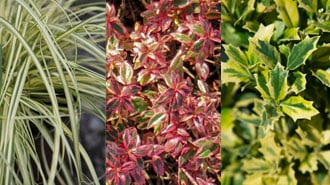
- Brunnera is a hardy perennial that can tolerate shade and wet soil. It has blue or white flowers in the spring, and its leaves are a beautiful shade of blue-green.

- Sedums are succulents that can add a touch of color and texture to an evergreen garden. They come in a variety of colors, and they are drought-tolerant.

- Creeping Jenny is a groundcover plant that can help to fill in the space between evergreens. It is easy to care for, and it can tolerate a variety of conditions.

Post a Comment for " Evergreen Companion Plants That Will Make Your Garden Pop"